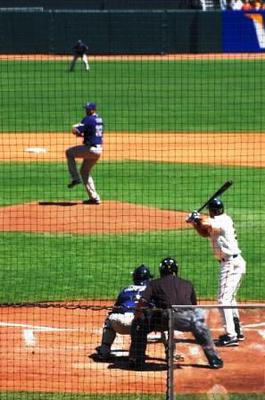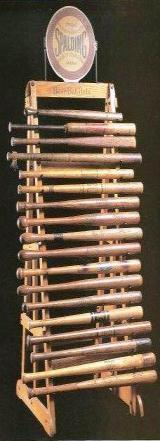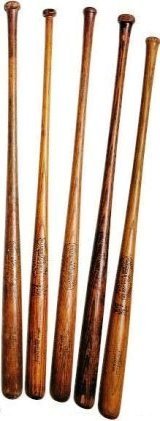Catcher drops third strike, batter can try for first base.
by Jim
(Phoenix, AZ)

Jim asked: I have never understood how on "three strikes yer out!" when the catcher drops the ball that the batter can try running to first and make it before the catcher (or other player) gets the ball to the first baseman for an out.
To me, if the ball beats the runner to first, the runner is out a second time. In other words, two outs on the same player.
What is the history or development of how this came to be (and the 'logic' behind it)?
Rick answered: Jim, thank you for your question.
A batter is out when: Rule 5.09 (2) A third strike is legally caught by the catcher.
(a) (2) Comment: Legally caught means in the catcher's glove before the ball touches the ground.
It is not legal if the ball lodges in his clothing or paraphernalia, or if it touches the umpire and is legally caught by the catcher on the rebound.
(3)A third strike is not caught by the catcher when first base is occupied before two are out.
The determining factor is whether the catcher makes a legal catch of the third strike, thus completing the out, or, if he misses or drops the third strike, keeping the ball and play alive, until the batter-runner is thrown out at first, or is safe at first base before the ball gets there.
I don't believe there is a history with the rule, it has always been there. Like much in the Rules of Baseball, I find it amazing how they came up with some of these rules that really make the game work. A lot of thought, probably trial and error to make it what it is.
Yours in baseball,
Rick
|



